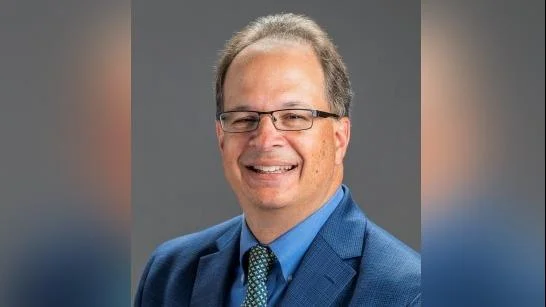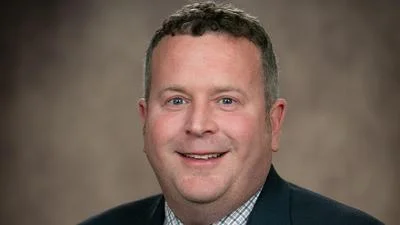Paul Arco Media Relations Coordinato | OSF HealthCare, Featured Stories, IL
Paul Arco Media Relations Coordinato | OSF HealthCare, Featured Stories, IL
Patients in Central Illinois now have access to specialized thoracic outlet syndrome (TOS) surgery without needing to travel out of state. OSF HealthCare has introduced robotic-assisted procedures for TOS at its Peoria facility.
Thoracic outlet syndrome is a rare condition, affecting about 10 out of every 100,000 people. It occurs when blood vessels or nerves between the neck and shoulder are compressed, leading to symptoms such as pain in the shoulders and neck, as well as numbness in the fingers. The disorder can impact daily life and may cause serious complications if left untreated.
Dr. Burhan Hassan, a thoracic surgeon with OSF HealthCare who performs more than 100 robotic-assisted lung procedures each year, leads this new initiative. Dr. Hassan said, “We felt that this was an area where services weren't offered in the Central Illinois region. Our patients have had to travel far, sometimes as far as three or more hours, to go to nearby states and get it taken care of.”
The surgical approach involves rib resection—removing the first rib—to relieve compression in the thoracic outlet. Dr. Hassan explained, “Surgery involves removing the first rib, removing the scalene muscle and doing neurolysis. Which is removing the scar tissue along the brachial plexus.” He added that the procedure is minimally invasive: “We do it robotically and it takes about an hour and 15 minutes. It's an overnight stay for the time being, but we're planning to offer same-day discharges soon.”
TOS most commonly affects individuals between ages 30 and 50 but can also be present from birth due to anatomical differences like an extra rib or develop later due to repetitive motion injuries or trauma such as car accidents. Dr. Hassan noted specific risk groups: “Weightlifters and baseball pitchers are at risk. Pitchers because you have to have strength in that arm. If you have an extra rib, you are prone to it. You will get TOS regardless. But for people who do a lot of exercises, you are at risk for it as well,” he said. “One category, which is also big, is trauma. When patients get in accidents and their ribs are moved a bit north, it can cause compression too.”
Symptoms vary depending on whether nerves (neurogenic), veins (venous), or arteries (arterial) are affected:
- Neurogenic cases make up about 95% of instances and involve tingling or sharp pain and loss of sensation.
- Venous cases account for around 4%, often causing swelling.
- Arterial cases represent about 1% and may lead to loss of pulse or coldness in the hand.
Other signs include difficulty turning the neck or passing out when looking one direction due to arterial compression.
Initial treatment usually starts with physical therapy; Botox injections may be tried before considering surgery if symptoms persist.
Surgical outcomes differ by type: For neurogenic TOS patients, surgery helps about half; venous cases see higher success rates; arterial cases might require additional vascular procedures alongside rib resection.
Care for TOS often requires collaboration among multiple specialties including vascular surgery, neurology, physiatry, physical therapy, orthopedic surgery and pain management.
So far OSF HealthCare has treated its first TOS patient under this program with plans for up to a dozen more soon; once fully established Dr. Hassan expects annual case numbers could reach up to 25.
By offering advanced robotic-assisted thoracic surgeries locally OSF HealthCare aims to provide regional patients with access comparable to major metropolitan centers while reducing travel burdens.





 Alerts Sign-up
Alerts Sign-up